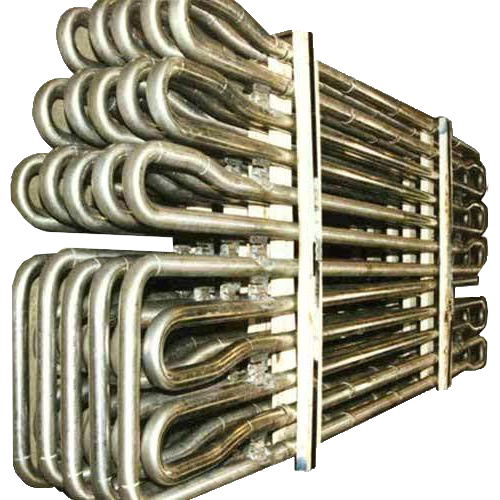We manufacture Super heater coils in various
grades of Alloy steel T1, T9, T11, T22, T9 &
T91, BS: 3059 320/360 PT l/llnd in stain less
steel tubes SS 304, SS310, SS316 and SS 347H
with or without support & Header as per
customer’s drawing and specifications. as per
I.B.R. 1950. A super heater is a crucial component in a boiler system designed to increase the temperature of saturated steam to achieve higher energy efficiency and performance.Super heaters are typically installed in the convective or radiant heat transfer zones of the boiler, downstream of the primary heating surfaces such as the combustion chamber, furnace, and boiler tubes.

